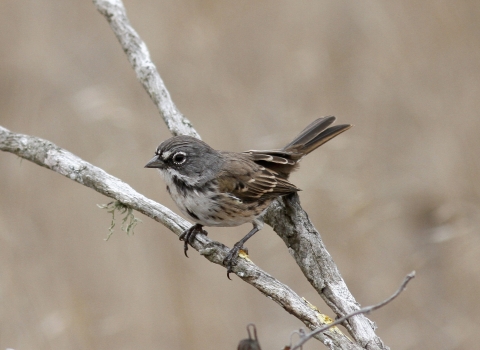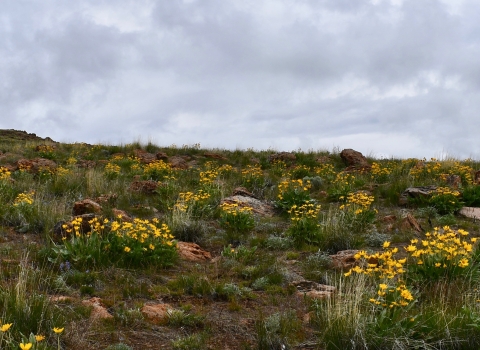DENVER — After assessing the best scientific information about threats to an endemic Utah plant, the U.S. Fish and Wildlife Service today is removing the Deseret milkvetch from the Federal List of Endangered and Threatened Species. The Service found threats to the plant either have not occurred to the extent anticipated, are being adequately managed through a conservation agreement, or the species is more tolerant of these stressors than originally known.
The Utah Division of Wildlife Resources, Utah Department of Transportation, Utah School Institutional Trust Lands Administration, and the Service developed an interagency conservation agreement for the Deseret milkvetch that has been in effect since 2006. This agreement will remain in effect through 2036. The conservation agreement protects approximately 74 percent of the total Deseret milkvetch habitat and establishes goals for the long-term survival of the species. The Service also worked with Utah partners to develop a post-delisting monitoring plan to continue to track the status of Deseret milkvetch after delisting.
At the end of the 20th century, concerns over the species’ small population size and impacts from residential development, highway widening, and livestock grazing and trampling prompted the Service to protect the species as threatened under the Endangered Species Act.
Deseret milkvetch grows only at elevations between 5,400-5,700 feet on steep, rocky hillsides near Birdseye, in central Utah, and has likely always been geographically restricted. Since surveys were first conducted in 1990, information shows a substantial population increase.
The final rule and supporting documents will publish tomorrow in the Federal Register. The final rule becomes effective 30 days after publication.
The mission of the U.S. Fish and Wildlife Service is working with others to conserve, protect, and enhance fish, wildlife, plants, and their habitats for the continuing benefit of the American people. For more information on our work and the people who make it happen in the West, connect with us on Instagram and Facebook, follow us on Twitter, watch our YouTube channel at and download public domain photos from Flickr.



